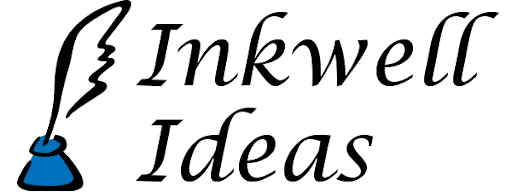Solo RPGs: Ironsworn
Summary: Blends the oracle and narrative into mechanics, flexible character creation, and worldbuilding, but doesn’t have a detailed magic or dungeon mapping system. It does have a fairly detailed oracle and setting which you can augment.
- Format: 259 page book/PDF.
- #Characters 1 (if playing solo, also supports Co-op and GM play). Customization: Divide out ability points, Pick Assets (special talents, companions, etc.)
- Dice: 2 d10s, 1 d6.
- Key Features: Momentum (an incremental form of inspiration points); Moves (powers/actions that specify what benefits they have if you roll well or costs if you don’t).
- Sample Character: Sam, Edge: 3, Heart: 2, Iron: 1, Shadow: 1, Wits: 2; Vow: Find my sister; Assets: Hawk Companion, Storyweaver Path, Shield-Bearer Combat Talent; Cloak, Wooden Shield, Spear.
- Oracle: The game has a chapter of Oracle charts broken down by type of information (ex: names, descriptors, major plot twists). Interpret the result based on your question.
- Quest Generation: Use oracle charts to set a scene, swear a vow, and begin play.
- Dungeon Mapping: None.
- Monsters/Traps/Room Contents: Driven by the fiction (what makes sense in the narrative story) and the Oracle.
- Magic System: Not detailed, driven by the narrative and moves.
- Character Growth: Periodically gain a new asset (skills or traits).
Ironsworn builds on games such as Dungeon World, but in the Solo RPG niche. The narrative (story line) drives much of the action and it is up to the player to twist it in their favor yet stay rational and impartial. The core mechanic is to select a “Move” which will accomplish the character’s goal yet play to the character’s strengths. Then you roll a d6 (the action die) and add your ability and a possible modifier to make an action score. Also roll the two d10s. If your action score is above both d10s, you have a strong hit/success. If it is better than one d10 but not the other, you have a weak hit/success. If the action roll is lower than both d10s, you miss/fail. These strong successes, weak successes, and misses can all have mechanical repercussions (such as losing momentum which impacts later rolls) or more narrative effects (such as roll on a chart and get “a new danger or foe is revealed”) which you must then factor into the story.
